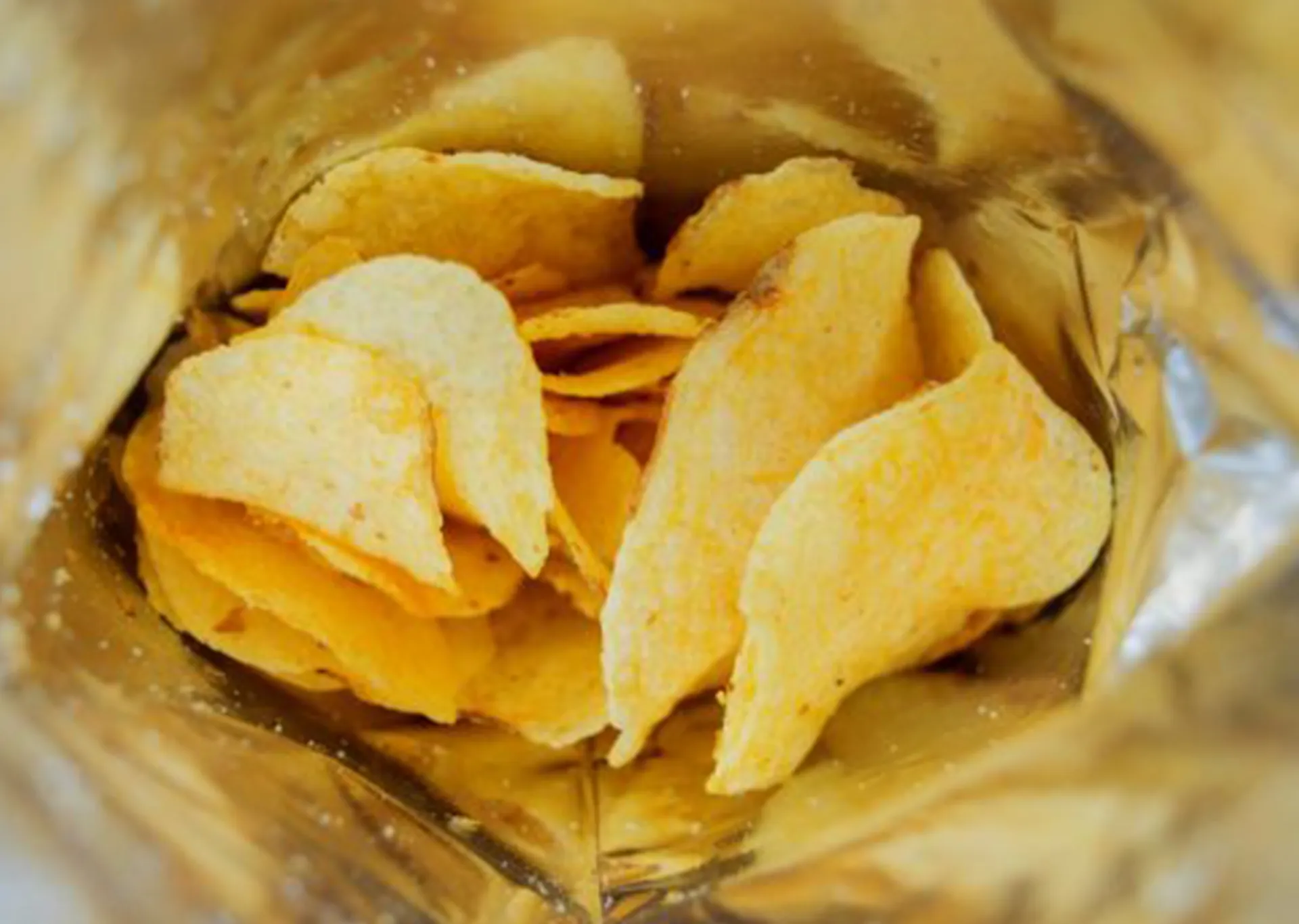Crisp packets have become a thorny recycling issue of late. Around 6 billion packets of crisps are consumed each year in the UK, equating to more than 16 million of them being thrown away every day.
Of course this leaves the question of what to do with them once their contents have been polished off.
Contrary to popular belief, the technology is there to recycle crisp packets, but up until very recently it was considered too much of a tricky process to be cost effective. As a result, the vast majority of scrunched up packets have ended up in landfill. The plastic they are made from is so tough, it has been proven that crisp packets can last for over 30 years out at sea.
What exactly are crisp packets made from?
Put simply, in most cases it’s plastic.
Even the silvery lining on the inside of bags, which helps to extend the shelf life of the product, is made out of metallised plastic film, which is also what lots of wrapping paper is made from. Pringles tubes, while being made of materials which are recyclable on their own, are much more difficult to process in combination. The cardboard tube, inner foil, metal base and plastic cap makes separating the different components a “nightmare” according to The Recycling Association.
Walkers have pledged to make sure that all their crisp packaging is biodegradable by 2025, but there are plenty of consumers who want action now. In fact, some people have become so vexed by the situation that they started to post their empty packets back to manufacturers in the hope that they would do something about the completely unsustainable situation.
Pressure from the #PacketInWalkers social media campaign, and a petition which attracted more than 300,000 signatures, seems to have paid dividends. In December 2018 Walkers launched an initiative to recycle these single-use plastics.













